
Soil Health & Fertilization
We unite suppliers and green industry professionals worldwide
Ulluco is a vibrant root crop. The plant has small but vibrantly colored tubers — they can be yellow, red, pink, green, orange, or even a mix of colors (which means it’s one of the most colorful root crops in the world).
By Mariam Scott
|Published on September 25, 2025
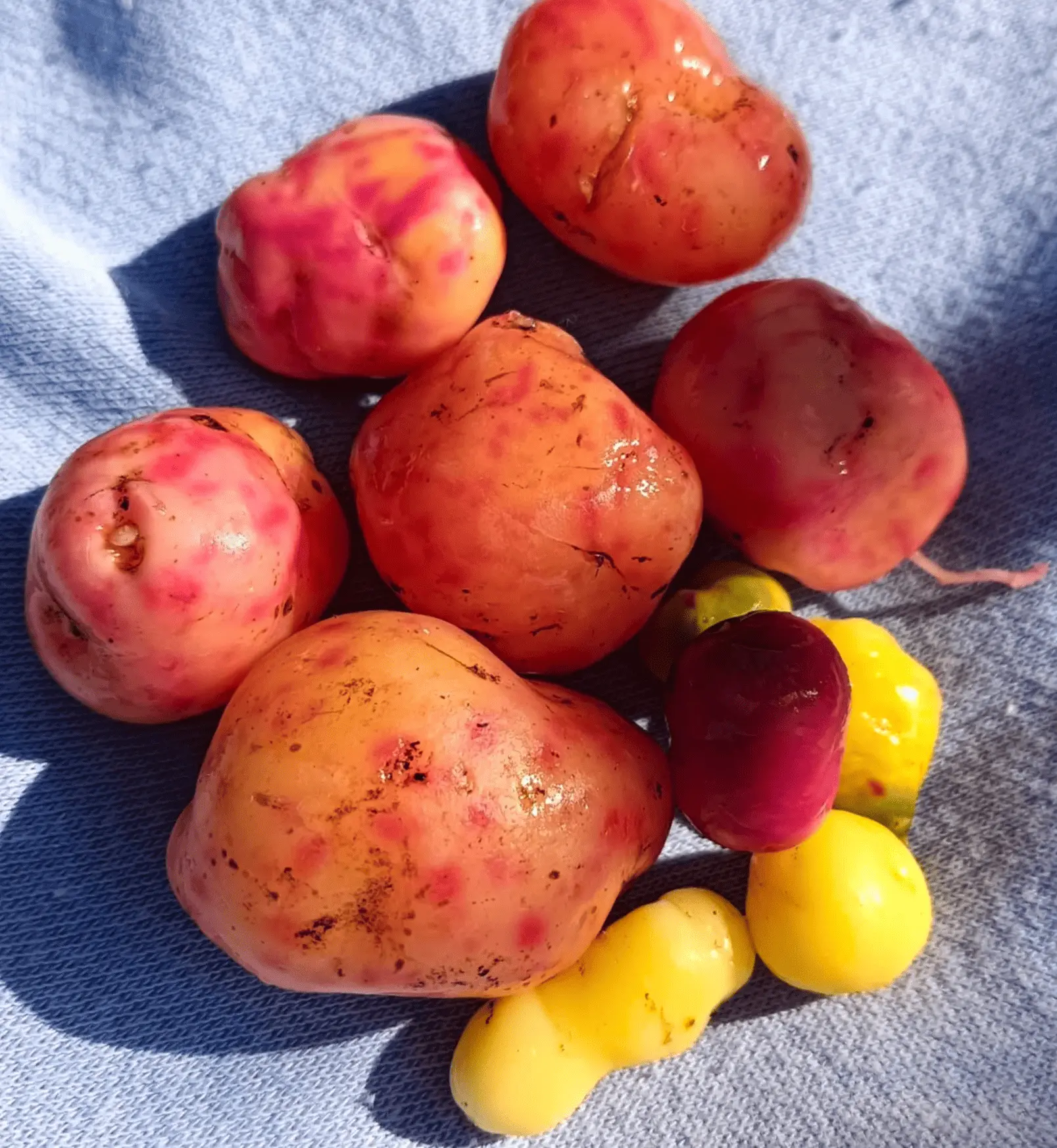

Ulluco is a vibrant root crop that originates from the Andes Mountains in South America, where it has been cultivated for thousands of years. It’s a traditional food, and a cultural jewel, to farmers and families in countries such as Peru, Bolivia and Ecuador. The plant has small but vibrantly colored tubers — they can be yellow, red, pink, green, orange, or even a mix of colors (which means it’s one of the most colorful root crops in the world).
Unlike many other tubers, ulluco is prized not only for its roots but also for its edible foliage, which can be cooked like spinach and provides vital variety to the diet. Although small in size, this modest crop offers a nutritional punch, while also contributing to food security, culture, and daily meals in the Andean highlands.
| Scientific Name | Ullucus tuberosus |
| Common Name | Ulluco |
| Family | Basellaceae |
| Growth Habit | Low-growing, bushy plant with small green leaves |
| Edible Part | Produces colorful underground tubers |
| Climate Preference | Thrives in cool, moist environments at high altitudes |

September 25, 2025
9 minute read
September 24, 2025
9 minute read
September 23, 2025
10 minute read
September 22, 2025
9 minute read


Join as a seller and connect with thousands of B2B buyers nationwide!
Sign Up
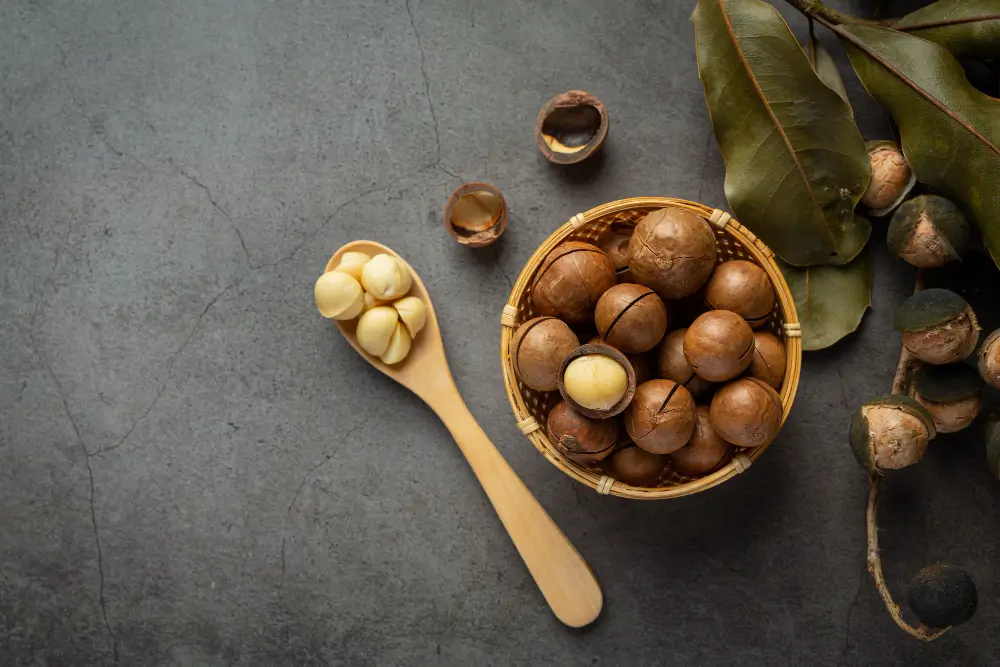
Macadamia Nut
The Macadamia nut is commonly known as the “queen of nuts” since it possesses a rich and buttery flavor and desirable nutritional value. Macadamia nut trees are beautiful evergreen trees that provide both decorative and agricultural benefits.
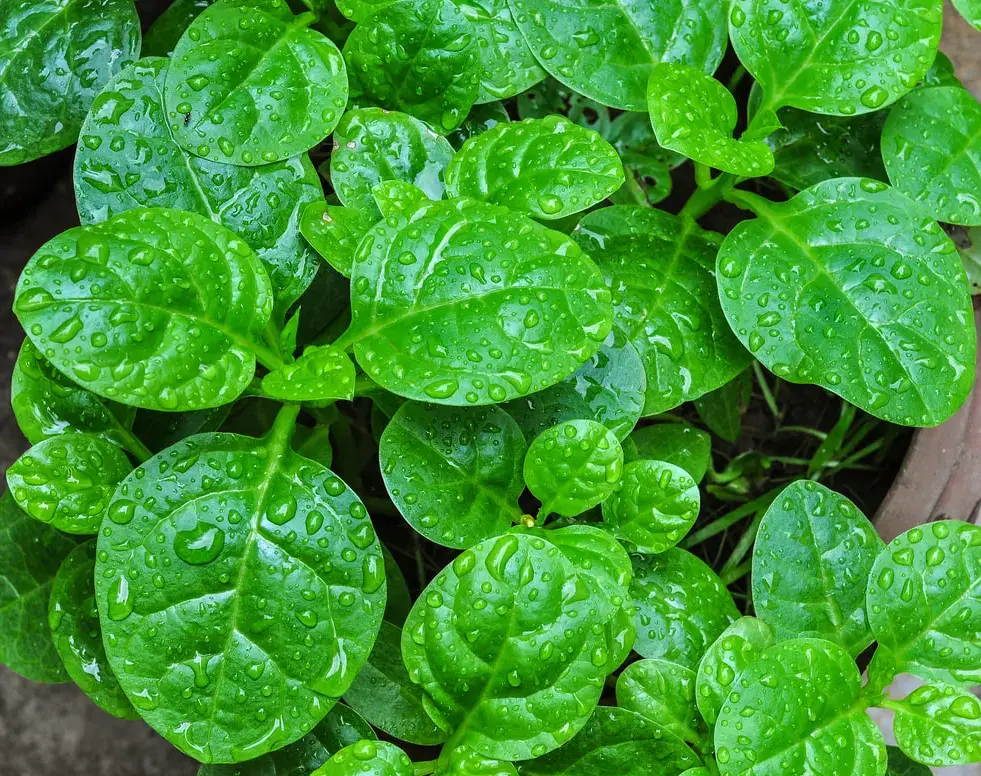
Malabar Spinach
Malabar Spinach does not act like any spinach. It is ornamental and edible because of the lush climbing vines, vibrant green or reddish-purple stems, and fleshy and glossy leaves. Malabar Spinach is a well-known variety due to its nutritional value.
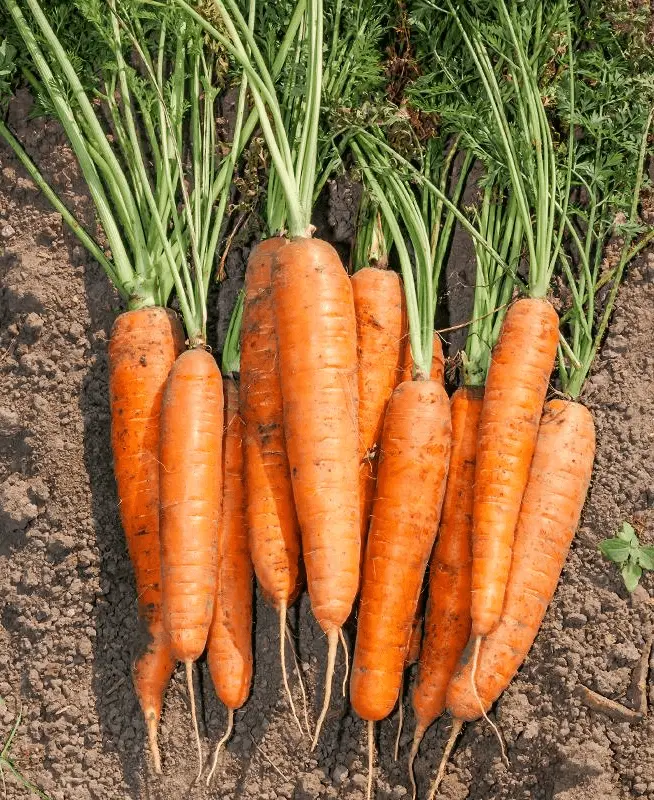
Nantes Carrot
Nantes carrot is a popular carrot variety, valued for its sweet taste, uniform cylindrical shape, and tender texture. Deliciously mild and versatile, this is a favourite among gardeners, chefs, and families.
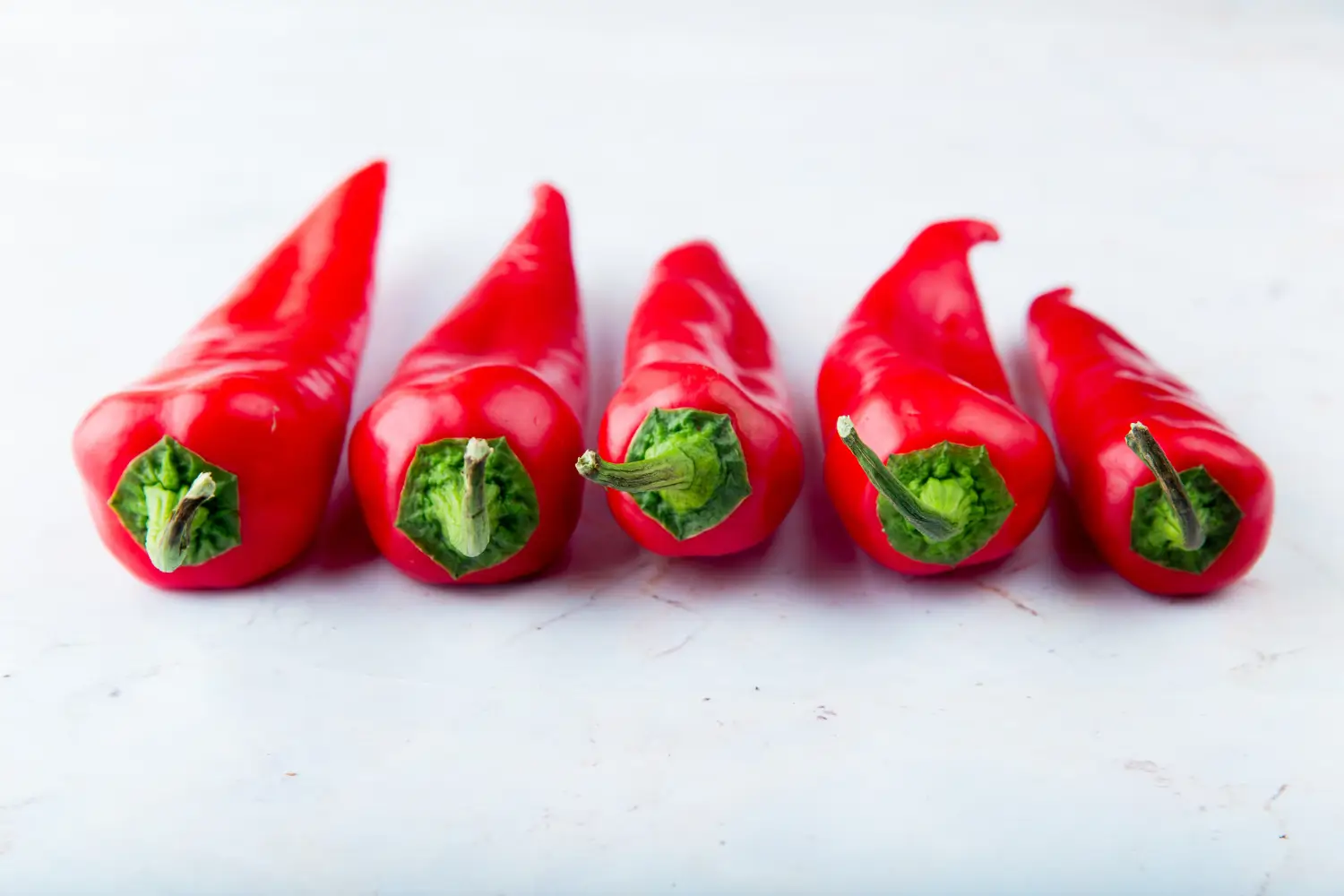
Jalapeño M
The Jalapeño M (Capsicum annuum ‘M’) is a highly sought chili pepper globally because of its multiple hotness scores, pronounced flavor, and flexibility in the kitchen and garden.
Ulluco has been part of farming traditions for hundreds of years. Families plant it every year and share their growing methods with their children. It is used in festivals, celebrations, and family meals. The plant connects people to their land and ancestors.
In the Andes, ulluco is more than a food crop. It is served at festivals, religious functions and cultural occasions. The crop has symbolic value, connecting people to their roots. Eating ulluco is both to honor history and tradition.
Ulluco bears some resemblance to the potato, but it has plenty of qualities that make it stand out. The tubers are smaller, rounder, brighter. Unlike potatoes, ulluco leaves are also eaten as greens.
Ulluco is one of the very few vegetables grown where both the roots and leaves get eaten. Unlike most root crops, which offer only edible tubers, ulluco provides leafy greens that cook like spinach. That makes it a multipurpose crop—there’s not one but two kinds of food in one plant!
Ulluco is very versatile and nutritious. The tubers contain protein, vitamin C, and carbohydrates. You can boil them, fry them, bake them, or include them in soups and stews. The leaves are eaten as a vegetable as well.
Ulluco does best at high altitudes where temperatures are cool. It requires moist, rich soil and frequent rain. Farmers plant it during the rainy season for the best yield. The plant does not tolerate hot or very dry sites.
Although Ulluco is strong and resistant to many diseases and pests, viral infections are widespread and cause low yields. Farmers routinely practice crop rotation to maintain healthy soil. The conservation of crops from wet soil diseases is also crucial.
Ulluco is different from many crops in that it is not grown from seeds. Rather, it spreads via tubers. When a tuber is planted in the ground, a new plant can emerge from it. Tubers come in a variety of shapes, from round to long, and many colors are bright.
Because ulluco grows from tubers, it’s pretty straightforward. When they are planted, they naturally produce suckers. Warm, dry conditions slow or prevent the tubers from sprouting. They are best germinated in cool, moist climates.
Farmers keep tubers in storage for planting in the next season. If preserved correctly, they remain healthy and thrive. Tubers need to be stored in a cool, dark, dry place. Young tubers are the strongest growing.
Growers plant whole tubers or segmented pieces containing eyes. These are sown in well-spaced rows. The soil must remain damp for sprouting. Mulch is occasionally applied to protect the young seedlings.
It is usually planted at the beginning of the rainy season. Tubers are incorporated into small pits in the soil. Try to ensure your plants can grow optimally by burying the roots with adequate spacing. The soils are kept moist and weed-free by farmers.
Though mostly hardy, ulluco is not without common issues. Viruses and fungi can be efficiently disseminated in damp surroundings. Farmers employ rotation and gentle handling to minimize it. The resistance that exists is heavily dependent on healthy soil and drainage.
Ulluco takes time to mature but gives good yields. Farmers wait until the leaves turn yellow before harvest. Tubers are dug up carefully to avoid damage. Harvested tubers are stored for eating and for planting next year.
Ulluco must be stored properly to last long. Tubers are stored in cool, dark, and dry places. With proper care, they’ll keep well for months. Proper storage keeps sprouting and rotting at bay.
Ulluco is a high-value, colorful Andean crop. It thrives in cool climates, and it nourishes local groups of people. Tubers and leaves are equally valuable in the diet. Farmers consider it food as well as culture.
No, it prefers cool mountain climates.
About 6–7 months.
Yes, the leaves are edible like spinach.
The tubers contain natural mucilage, which makes them slippery.

Soil Health & Fertilization
Victor Miller

Pest Identification & Prevention
Victor Miller

Lawn Care Tips & Maintenance
Victor Miller

Soil Health & Fertilization
Victor Miller

Smart Irrigation Systems
Victor Miller

Patios, Walkways & Driveways
Victor Miller

Soil Health & Fertilization
Victor Miller

Pest Identification & Prevention
Victor Miller
My Account
Our team is always here to help.
We are open Monday - Friday, 9:00 AM to 4:30 PM PST.